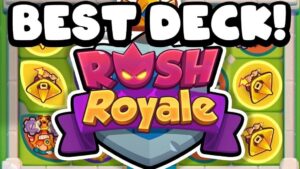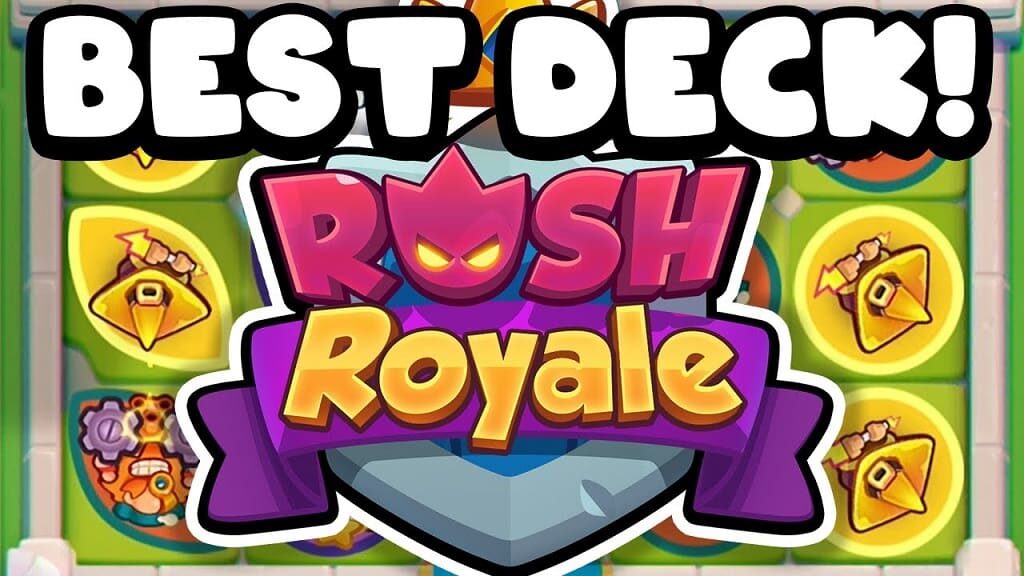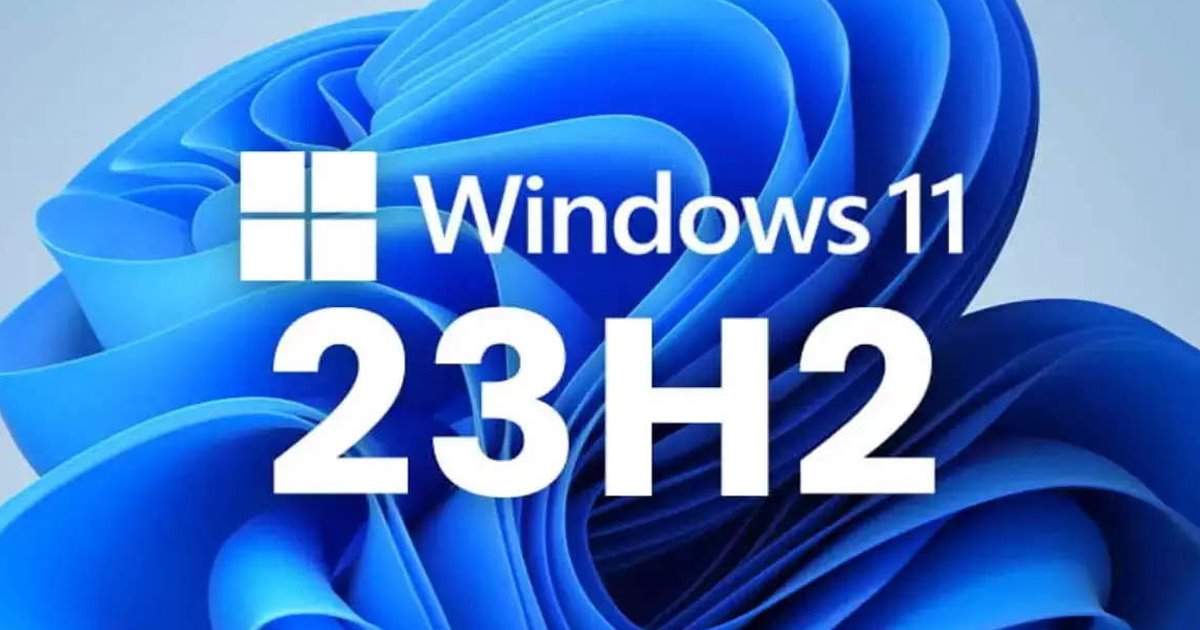Table of Contents
Introduction
The programming language industry is a big one. There are literally hundreds of programming languages out there, with thousands more likely to be created in the future.
The popularity of some languages has declined over time while other languages have exploded in popularity. As an industry, we want to be sure that our clients understand what’s happening with the language landscape so they can make informed decisions while working with us as developers on their next big project.
Trending programming languages 2023
1. Python

Python is a general-purpose programming language with high-level features. It is easy to learn, and easy to read, and write. Python has a syntax similar to C or Java, but it runs on the Python virtual machine (PVM). This means that you can use any framework or library written in C or Java.
Python’s simplicity makes it ideal for beginners who want to quickly get started with programming because it doesn’t require them to learn much about computer science and math before being able to write code that does something useful. The only barrier here is learning how all those operators work together; once you do this though, everything becomes much easier!
2. C++

C++ is a general-purpose programming language originally developed by Bjarne Stroustrup as an extension of the C programming language. It has since become one of the most widely used, free and open-source software programs in the world. C++ was designed with a bias toward system programming and embedded, resource-constrained, and large systems – particularly those using object-oriented programming or generic programming techniques.
C++ supports multiple data models (e.g., class inheritance), which can be utilized for type safety purposes along with standard libraries that come with it provided by many companies like Microsoft Corp., Oracle Corporation, etc. The language also supports operator overloading (e.g., + – * / % ).
3. Java

Java is a general-purpose programming language that Sun Microsystems originally released in 1995. It has been widely used on computers, mobile devices, web browsers, and embedded systems.
Java’s popularity is due to its ability to be used in many different environments and platforms. For example, it can be run on both Android devices as well as Mac OS X; however, it has also been ported over the years so that it will work properly on Windows 10. Java has also been used during space missions such as those taking place on Mars where scientists have programmed their code using this programming language (source).
4 Best 21st Century Technologies based on AI
4. PHP
PHP is a server-side scripting language designed for web development. It was created by Rasmus Lerdorf in 1994 and is an open-source, free, and versatile general-purpose scripting language that can be used to create dynamic websites. The PHP Group maintains the project and sponsors its continued development.
PHP was originally developed as an extension of Perl, but it has evolved into its own programming language in many ways:
- It uses a procedural syntax with multiple data structures such as arrays and object classes (classes are similar to Java classes). This allows developers to write code that’s more readable than other languages like C++ or Java because they don’t need brackets around every line; instead what you see on screen is what you get when running your script.
- There are several ways for users who aren’t familiar with programming languages such as Python or Ruby to access their website through PHP scripts so they don’t have any knowledge about how servers work before being able t use them properly!
5. JavaScript

JavaScript is a programming language that is used to create interactive web pages. It’s also known for its spread across the world, thanks to its cross-platform support and ability to run on nearly any computer.
JavaScript was developed by Brendan Eich at Netscape Communications Corporation in 1995 as a way to add dynamic features to web pages without having to rely on server-side scripting languages like Perl or PHP.
JavaScript is an object-oriented programming language that supports classes, methods and constructors (constructor). Unlike Java, which uses static typing where every variable must be declared before it can be used, JavaScript doesn’t require you to declare types upfront—you’re allowed any type of variable within your function definitions! You can even mix different types together inside one function call (this is called polymorphism).
6. R

R is a programming language and software environment for statistical computing and graphics. It consists of several tools, including the R programming language, RStudio IDE (integrated development environment), and many libraries.
The name “R” comes from the initialism of “Research”. The first use of this acronym was on December 9, 1993, when it was presented at a workshop on general-purpose graphics and data analysis at SRI International in Menlo Park, California by Ross Lee Whittle.
7. Swift

Swift is a general-purpose programming language developed by Apple Inc., and it’s used to develop apps for iOS, macOS, and tvOS. It is a high-level, multi-paradigm compiled programming language that aims to improve software development process efficiency.
The Swift programming language was first released in 2014 as open-source software under the GNU General Public License (GPL) version 2 or later, as well as proprietary licenses from Apple Inc.. The name of this programming language comes from its founder Chris Lattner who was also involved in creating several other languages such as Objective-C and Rust among others.
8. C#

C# is a multi-paradigm programming language encompassing strong typing, imperative, declarative, functional, generic, object-oriented (class-based), and component-oriented programming disciplines.
The C# programming language was initially developed by Microsoft as part of their .NET initiative to develop software frameworks for developing distributed systems. This initiative was based on the Common Language Infrastructure (CLI) standard developed by ANSI in the late 1980s which was designed to provide a common set of tools for all forms of computing from desktop computers to mainframe computers.
C# is an extension to C++ that adds many features to make it easier for developers who are familiar with either or both languages:
- Support for type safety – You don’t have any problems using strings or integers because they’re checked at compile time; this means fewer bugs!
- Generic functions – These allow you to access multiple types within one block without having different versions depending on what type they are working with (e.g., int vs float).
9. Scala (Object-Oriented Language)

Scala is a new programming language that is used for developing Scala applications.
Scala is a general-purpose programming language designed to express common programming patterns in a concise, elegant, and type-safe way. It has similarities to other functional languages such as Haskell and Erlang/Elixir but also borrows ideas from object-oriented languages like Java and Python.
The goal of Scala was not only to create an efficient compiler but also to provide an elegant toolset with modern features such as pattern matching (similar to Swift), algebraic data types (e.g., List), higher-order functions, etc.
To achieve these goals they created several libraries like the Akka framework which provides an actors model for message passing over network or remote procedure calls between actors (like REST API).
10. Haskell (Functional Language)

Haskell is a purely functional programming language, which means that it doesn’t have any side effects and all functions are pure. This can be helpful when you’re writing code because you don’t have to worry about what happens when your function runs.
If a function does something bad or wrong, it will just crash without destroying anything else in your program.
Haskell also has many other advantages over other languages: for example, Haskell has an elegant type system (the same one used by Go), making it easy to reason about what types would work together well and why they might not work together at all; no runtime costs! And finally…
Conclusion
If you’re looking for a programming language to get started with, we recommend trying Python. It’s an easy language to learn and has plenty of tools built into its ecosystem that allow you to build web apps as well as microservices. In this article, we have listed some of the top 10 trending languages in 2023.



















